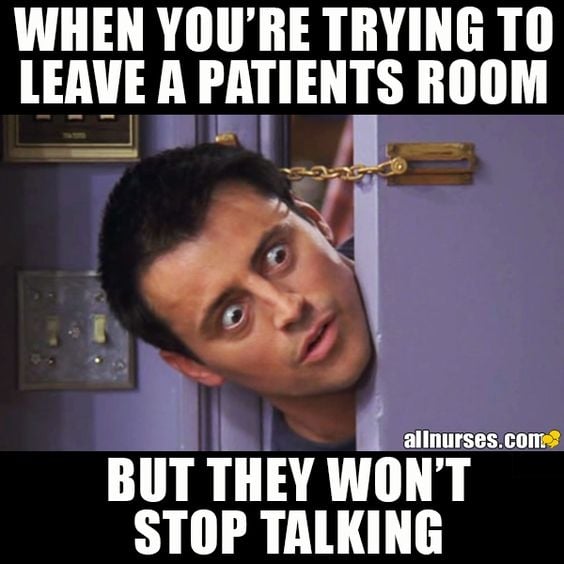Health Equity Action Plans: How to Build and Measure Real Impact

Everyone deserves a fair shot at good health – it’s a no-brainer, right? Yet millions of Americans face unequal healthcare access based on factors like where they live, how much they earn, or the color of their skin.
Health equity action plans aim to fix this broken system by creating roadmaps that organizations can follow to eliminate these unfair differences.
When I first learned about health equity initiatives, I thought they were just more healthcare buzzwords. But these plans are actually making real differences in communities across America.
Let’s dive into what they are, why they matter, and how they’re changing healthcare for the better.
What Exactly Is a Health Equity Action Plan?
Think of a health equity action plan as a strategic gameplan to level the healthcare playing field.
These plans aren’t just vague promises or feel-good documents. They’re detailed frameworks that:
- Identify specific health disparities affecting certain populations
- Set concrete goals for eliminating those differences
- Outline specific actions to achieve those goals
- Create accountability measures to track progress
The best plans aren’t created in boardrooms by executives who’ve never set foot in the communities they serve. They’re developed with significant input from the very people experiencing healthcare inequities.
According to the CDC’s health equity guidance, these plans work best when they address both immediate health needs and the deeper social factors that cause disparities in the first place – things like housing, education, and economic opportunity.
The Building Blocks of Effective Health Equity Plans

1. Start With Honest Problem Identification
You can’t fix what you won’t acknowledge. Strong health equity plans begin with a clear-eyed assessment of existing disparities.
This means asking tough questions like:
- Which populations have worse health outcomes in our community?
- What specific conditions or diseases show the biggest disparities?
- What barriers prevent certain groups from accessing quality care?
The American Hospital Association recommends using both quantitative data (health outcomes by demographic group) and qualitative information (patient experiences) to build a complete picture.
2. Build Diverse Partnerships
No single organization can solve health inequities alone. Effective plans involve cross-sector collaboration between:
- Healthcare providers
- Community organizations
- Public health departments
- Schools and universities
- Faith-based organizations
- Business leaders
- Government agencies
These partnerships bring different perspectives, resources, and expertise to the table. The most effective coalitions include meaningful representation from the communities most affected by health disparities.
3. Set Strategic Priorities
You can’t tackle everything at once. Successful plans identify specific focus areas based on:
- Severity of the disparity
- Number of people affected
- Community priorities
- Available resources
- Potential for meaningful impact
For example, a plan might focus first on reducing maternal mortality rates among Black women, improving diabetes management in Hispanic communities, or expanding mental health services in rural areas.
4. Engage The Community (For Real)
This isn’t about checking a box. Meaningful community engagement means giving community members actual decision-making power in developing and implementing the plan.
According to the National Academy of Medicine, the most successful health equity initiatives treat community members as equals in the process, not just as sources of information.
Many organizations make the mistake of creating plans and then “presenting” them to the community for approval. That’s backward. Community voices should shape the plan from the beginning.
5. Make It Data-Driven
You need to know if your efforts are working. Effective plans include robust data collection and analysis systems to:
- Establish baseline measures
- Track progress toward goals
- Identify areas needing adjustment
- Demonstrate impact to stakeholders
This means collecting data broken down by race, ethnicity, gender, income level, geographic location, and other relevant factors.
Real-World Impact: Health Equity Plans That Work

Let’s look at some real examples of health equity action plans making a difference:
Los Angeles County’s Center for Health Equity focused on reducing infant mortality rates among Black mothers. By implementing community-based doula programs and maternal healthcare quality improvements, they’ve begun narrowing this deadly disparity.
Minnesota’s Health Equity Initiative tackled COVID-19 vaccine disparities by partnering with trusted community organizations to create culturally-tailored education and accessible vaccination sites. This approach helped close the vaccination gap between white residents and communities of color.
The Robert Wood Johnson Foundation has documented dozens of similar success stories across the country.
Common Roadblocks (And How To Overcome Them)

Creating and implementing health equity plans isn’t easy. Common challenges include:
Resistance To Change
Let’s be real – some people will resist these efforts. They might view health equity work as:
- Politically motivated
- Unnecessary
- Taking resources from other priorities
- Too complex to tackle
Solution: Frame health equity as a quality and excellence issue. Everyone deserves high-quality care, and eliminating disparities improves the system for all patients.
Resource Limitations
Health equity work requires people, time, and money – all of which can be in short supply.
Solution: Start small with targeted projects that demonstrate impact. Use these early wins to build support for larger investments. Leverage partnerships to share costs and resources.
Data Gaps
Many organizations lack comprehensive data on health disparities in their communities.
Solution: Begin with available data while developing better collection methods. Partner with academic institutions that may have research capabilities to help fill knowledge gaps.
Sustaining Momentum
Initial enthusiasm can fade as other priorities emerge.
Solution: Build health equity metrics into organizational performance measures and leadership evaluations. Create accountability systems that keep equity front and center.
How To Get Started With Your Own Health Equity Plan

Ready to create a health equity action plan for your organization or community? Here’s a simplified roadmap:
- Assemble a diverse planning team including representatives from affected communities
- Gather and analyze data on health disparities in your area
- Engage community members to understand their experiences and priorities
- Identify 2-3 strategic focus areas where you can make meaningful impact
- Set specific, measurable goals with clear timelines
- Develop action steps with assigned responsibilities
- Create accountability measures to track progress
- Implement with flexibility, adjusting as you learn
The Health Equity Guide offers excellent resources for each step in this process.
The Bottom Line
Health equity action plans aren’t magical solutions – they’re strategic tools that require commitment, resources, and perseverance. But when done right, they can literally save lives and create healthier communities for everyone.
As healthcare continues to evolve, organizations that prioritize equity won’t just be doing the right thing morally – they’ll be positioning themselves for success in a changing landscape where quality, community trust, and addressing social determinants of health are increasingly important.
The journey toward health equity is challenging, but as the saying goes: the best time to plant a tree was 20 years ago. The second best time is today.

